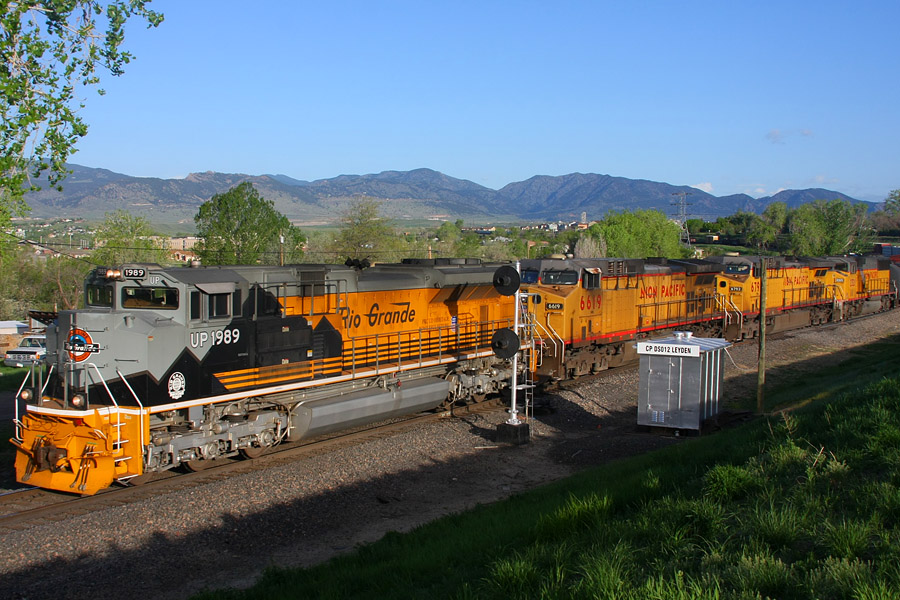Apparently, it's a traffic accident. A truck and trailer tried to sneak past the C&TS train bound for Chama, New Mexico on a foggy afternoon, and the trailer of the truck was clipped. Engine 484 had minor damage, and the passengers were bused back to Chama. When a reporter from the Valley Courier started poking around and taking pictures, the last thing he might have expected to see was fireworks.
Draw your own conclusions from the article, but I'm wondering why would someone from the railroad deny that any accident happened twice and then take a cheap shot at a photographer? Business may be down, but that's not how you handle media relations, unless you're Sean Penn.
Let's see what develops.
Update 6/17/09
It seems like whatever did happen, the reporter blew things out of proportion when he wrote the story (linked above). According to Westword,
...It was a pretty wimpy punch," he [Winget] concedes. However, at the urging of Valley Courier publisher Keith Cerny, he reported the incident to the Conejos County Sheriff's Office due in part to what it symbolized. "It was an assault against newspapers and the freedom of the press,"...It isn't the first time a person has cited their first amendment rights after they've annoyed people and gotten a sour response. If the reporter had been injured, or if there was a concerted effort to suppress a story, it might have actually been newsworthy. Up to now, all that's been injured is a reporter's ego and a publisher's notion of superiority.




